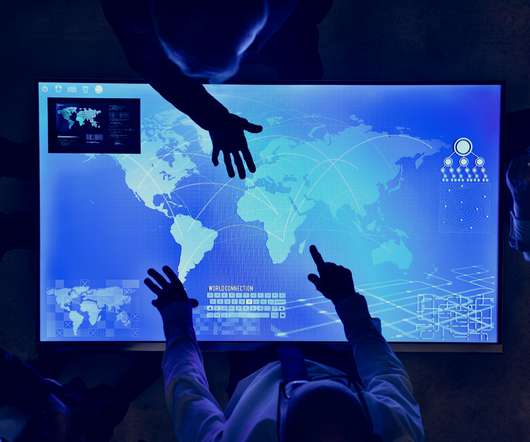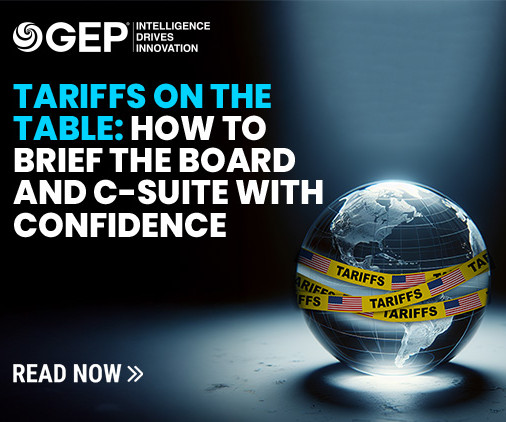The Top Supply Chain KPIs to Know
GlobalTranz
DECEMBER 8, 2017
In the omnichannel supply chain , where order accuracy and on-time delivery are paramount, the difference between getting the right product to consumers at the right time and getting a similar product to consumers at the right time could be disastrous. This difference can have catastrophic consequences for the success of your business, including lost revenue for returning the product, processing the return, shipping out the correct product, and time spent in addressing the issue at your customer








































Let's personalize your content